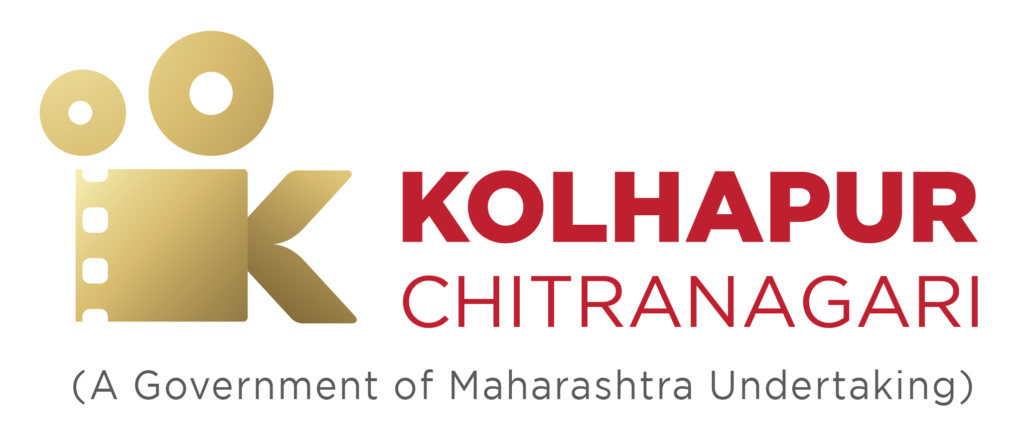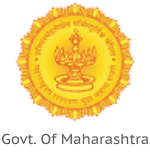Brief History
Kolhapur!!!
It is a rich and prosperous city from Western Maharashtra. The prosperity is not limited by economic riches, but it is culturally and artistically enriched. The Rajarshi Shahu Chhatrapati was a visionary personality. According to him, for a society to be progressed, it has to prosper in art, literature and sports.
That’s precisely why, the Keshavrao Bhosale Auditorium is located, in the vicinity of stadium for wrestling. Thus he had insisted for the importance of physical as well as mental fitness.
The physic has to be well built and the mind has to be sensitive and artistically inclined. Such is the indication in both the places. There is no wonder, that the city developed under the visionary supervision of such a king, has progressed in art, literature and sports. It has a long tradition education and hostels for the students of all the casts, who could not have afforded the stay and the education had it not supported by the king.
The city had precidence of many performing artists under the patronage of the king, and the devotional service in the Mahalaxmi temple. The local patronage to such an art was culminated into the organisations such as Deval Club, which add flavour to the cultural scene of the city.

Hence, while the Film city was conceived, in addition to the ambiance, climate, and nature, the thought process thus inculcated was important. Master Vinayak, Bhalaji Pendharkar, ChitraMaharshi Baburao Painter, Sulochana Didi, Chandrakant, Suryakant, Ganapat Patil, Music directors and maestros Vasant Pawar, Lata Mangeshkar, Asha Bhosale, Writers like Shankar Patil, Madgulkar brothers,actors such as Dada Kondake, Usha Chavan, Jayashree Gadkar, Arun Sarnaik, Vasant Shinde, Shanta Jog, Bhalachandra Kulkarni, Barachhi Bahaddar, Anant Mane, V. Shantaram.. the list is endless. Their imaginative and talented efforts created oeuvres, which were a matter of pride for entire Marathi films.
These artists forged in the moulds of the progressive thoughts and acts of Shahu Chhatrapati, were sensitive to the movements, reforms in the society. They themselves were trying to bring about similar transformation in the society due to the films. Hence many films with social message were created. On the other hand, many films on historical themes were also conceived, due to rich historic tradition. In addition humorous, family drama or mystery were also created. Sooner, Kolhapur became epicentre of the Marathi Cinema.
The batten of such a rich tradition was passed on from one generation to the next. The transformations taking place in the technology of the movies was reflected in the film industry of Kolhapur. Eastman colour film followed the black and white films. It was followed by Colour by Technicolor and so on. The film industry accepted the changes. By taking changes in strides, it got enriched and developed with time. Ashok Saraf, Laxmikant Berde, Alka Kubal, Nivedita Joshi, Priya Berde Mahesh kothare Pilgaonkar, Deulgaonkar, were some of the examples of rank and file of the younger generation. The film industry experienced many transformations. It passed through many extremities. It had experience whooping profit and excruciating losses. It had undergone the phases of continuous House Full’ Box office hits as well as the flops rom the first day first show. At one point of time, a marathi film ‘Sangatye Aika” held a record of continuing the screening of the film continuously for 131 week. Through all ups and downs, the film industry in Kolhapur kept the ‘show going on’. As it sustained, it created many records.

Every transformation in the society was to be reflected in the films. The films continued to entertain the audience. Folk lores, folk music, dance as well as modern music, dance and modern outlook had a thoughtful fusion in the Marathi Film industry. It culminated into the foundation of Jayaprabha Studio and Shant Kiran Studio.
Jayaprabha and Shant Kiran were the two studios that were busy creating Marathi feature films. These movies films were popular, not only through out the Maharashtra, but also in the nearby states. Though Mumbai, that is Bollywood was the extant Hindi film industry was dominating the Indian scenario, the Marathi film industry was not shadowed by its influence. It was mainly because Kolhapur was engaged in creating thematically novel, artistically good and commercially viable Marathi films. People like Actor Chandrakant, Directors V.Shantaram, Anant Mane, D.C.Ambapkar, Subhash Bhurake, Shankar Saverkar and Vasant Shinde felt that Marathi Film Industry should progress with the advancing times. It should adopt to the new point of views, the novel techniques and technologies. How ever, the metamorphosis had a imitation about available studios and their infrastructure in those times.
They envisaged a situation, where a complex and well equipped film city can be made available.
In that film city, all the essential up to date technology, equipment, facilities and other infrastructure would be available!
Driven by the dream, these pioneers, eyed for a piece of land of 78 Acres in Morewadi, in the southern part of Kolhapur. They completed all the required formalities. In 1980, it all started. In 1984, the newly founded film city of Kolhapur took a shape.
At one point of time, the Marathi movie was equated to Kolhapur. As the time changed, the media such as television, forms such as series and episodes were varied. It was feared that the traditional Marathi film was lagging behind. It was only momentary. Again the newer generation came forward, with the newer thought process and the films of Kolhapur were to take a new turn. As a part of that transformation is exemplified by the Film city of Kolhapur. Now it is shedding the old skin to create new and modern incarnation with the modern infrastructure facility to shoot in the Film city.




